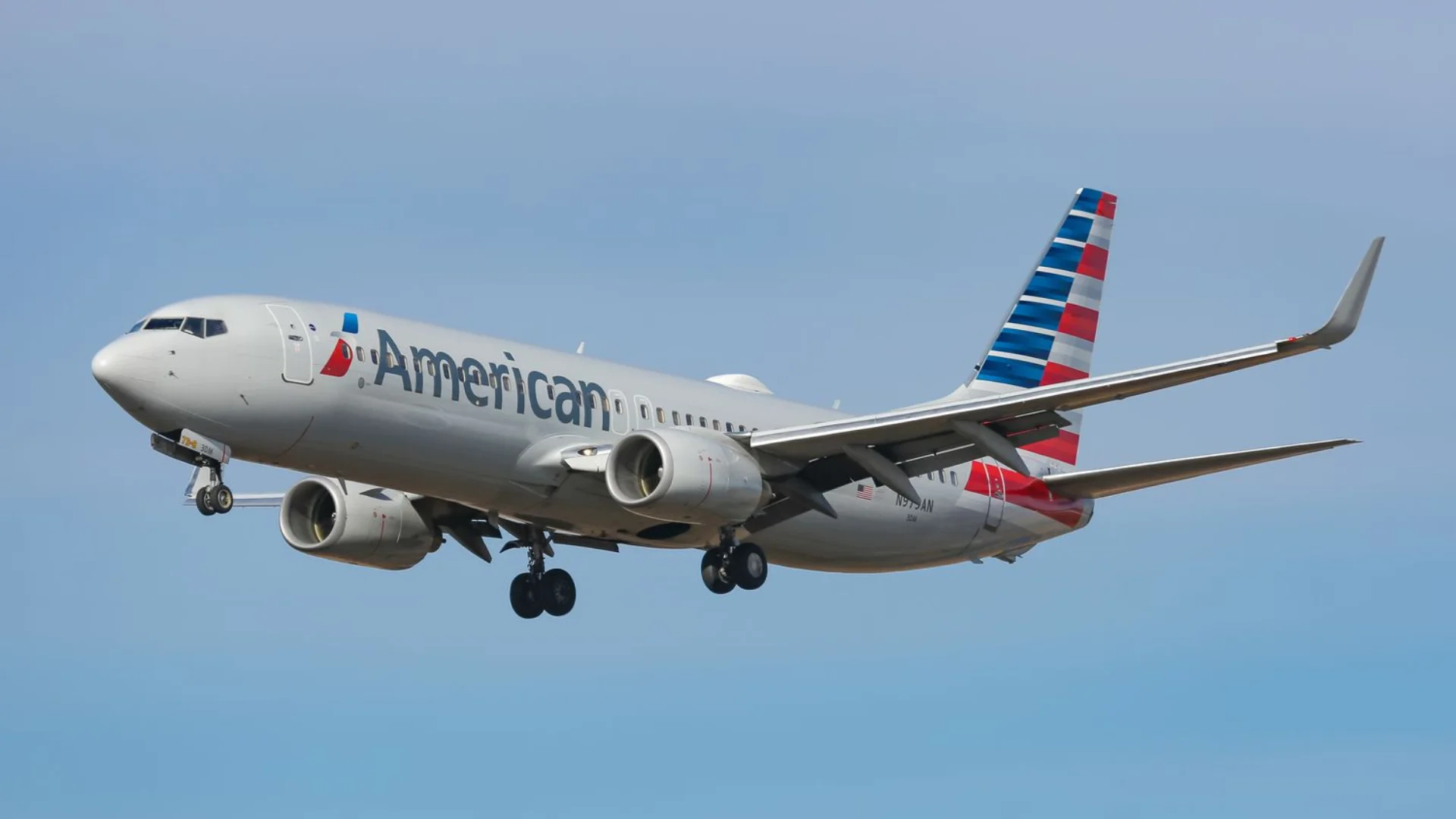The U.S. Army's spending on aircraft procurement closely rivals its investment in land vehicles, indicating a shift in focus within the military branch. Following the establishment of the Department of the Air Force on September 18, 1947, which included both the United States Air Force and Space Force, the Army was initially left with limited aviation assets. However, over time, it has rebuilt its air capabilities with a significant emphasis on helicopters.
"After the formation of the Air Force, the Army was left with very little in the way of aviation assets. Relegated to a support mission, a relative handful of aircrafts were used in an observation role in support of field artillery units," stated Army Aviation. The current United States Army Aviation Branch was officially established on April 12, 1983.
In recent years, helicopters have become integral to U.S. Army operations. These aircraft provide significant firepower and mobility advantages. The stated mission of Army Aviation is "to find, fix and destroy any enemy through fire and maneuver and to provide combat support and combat service support in coordinated operations as an integral member of the combined arms team fully integrated within joint operational framework."
 Alerts Sign-up
Alerts Sign-up


























